Spices are categorized into five main types based on the plant part they come from: seed spices, bark spices, root spices, fruit spices, and flower spices. Each type has unique flavor profiles and culinary applications. This guide provides a detailed breakdown of each category, practical usage tips, and a buying guide to help you master spices in your kitchen.
Types of Spices: The Spice Tribe
1. Seed Spices
These come from the plant's seeds. They're small, potent, and essential in global cuisines.
- Cumin: Earthy and smoky; essential in Mexican, Indian, and Middle Eastern dishes.
- Coriander: Citrusy and sweet; pairs well with tomatoes and roasted vegetables.
- Fennel: Licorice-like flavor; common in Italian sausage and Mediterranean cooking.
2. Bark Spices
Derived from tree bark, these add warmth and depth to both savory and sweet dishes.
- Cinnamon: Sweet and woody; perfect for desserts, curries, and chai tea.
- Nutmeg & Mace: Nutmeg (seed) and mace (covering) offer warm, rich flavors ideal for holiday baking and sauces.
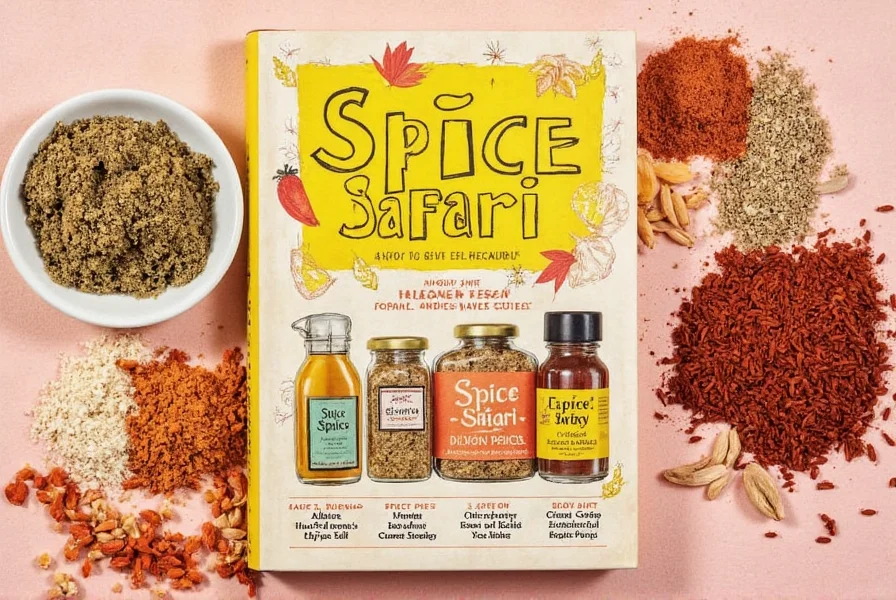
3. Root Spices
Harvested from underground stems or roots, these provide bold flavors and vibrant colors.
- Turmeric: Bright yellow hue; commonly used in curry powders and golden milk for its distinct earthy flavor.
- Ginger: Zesty and spicy-sweet; versatile in both sweet and savory dishes.
- Galangal: Peppery and sharper than ginger; key in Thai cuisine.
4. Fruit Spices
Dried fruits used as spices, often aromatic and intensely flavored.
- Black Pepper: The "king of spices"; enhances all other flavors in savory dishes.
- Allspice: Tastes like a blend of cinnamon, nutmeg, and cloves; essential for jerk seasoning and pies.
- Dried Chili Peppers: Range from mild paprika to extreme heat like ghost peppers; adds color and heat to dishes.
5. Flower Spices
Rare and delicate, these come from flowers and are often labor-intensive to harvest.
- Saffron: The world's most expensive spice; made from crocus stigmas, used in paella and risotto for floral notes.
- Cloves: Strong, sweet, and intense; used whole in pickling or ground in mulled wine and desserts.
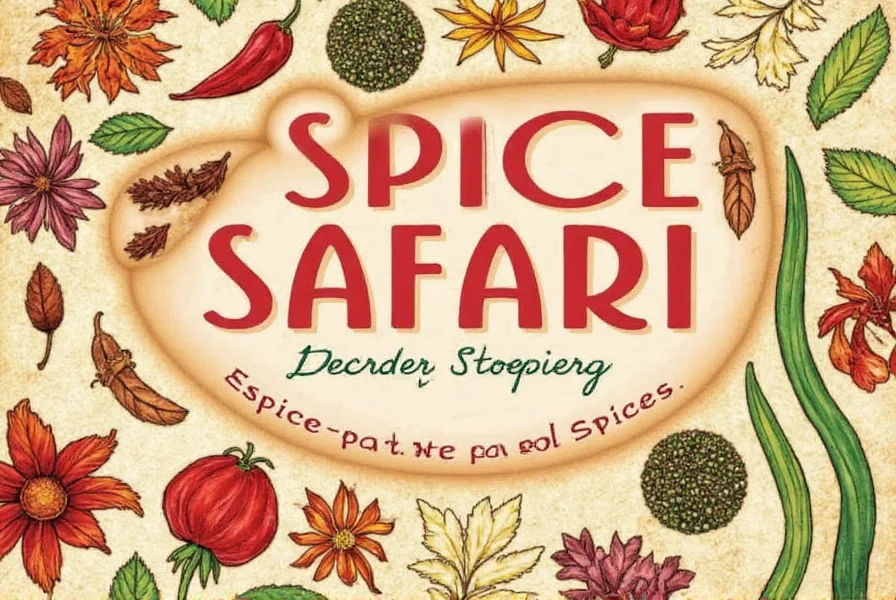
| Category | Definition | Examples | Best For |
|---|---|---|---|
| Herbs | Leaves from aromatic plants | Basil, Parsley, Thyme, Rosemary | Vegetables, sauces, garnishes |
| Spices | Dried non-leafy plant parts | Cumin, Cinnamon, Ginger, Cloves | Meat rubs, marinades, baked goods |
| Seasonings | Mixes of salt, herbs, spices, and preservatives | Adobo, Garam Masala, Old Bay, Cajun Mix | Instant flavor boost in soups, stews, grilled items |
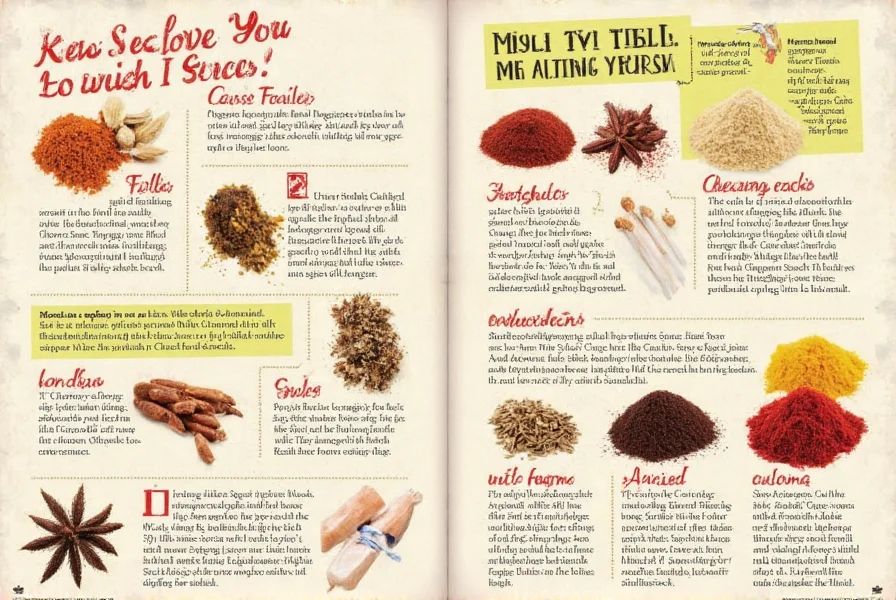
Top 10 Practical Tips for Using Spices
- Toasting: Toast dry spices in a skillet to unlock oils and intensify flavor.
- Freshness: Whole spices last longer than ground; grind as needed for maximum impact.
- Layering: Add whole spices first when sautéing aromatics, then ground spices later for depth.
- Balance: For overly spicy dishes, add honey, brown sugar, or coconut milk to cool heat.
- Acid: Finish with lemon juice or vinegar to make spice flavors pop.
- Blends: Use pre-made blends like za'atar or garam masala for complexity.
- Global Fusion: Experiment with cross-cultural combinations like Korean tacos or Indian pasta.
- Storage: Keep spices in airtight containers away from light and heat.
- Labeling: Clearly label homemade blends to avoid mix-ups.
- Quality Check: Rub spices between fingers; weak aroma means it's time to replace.
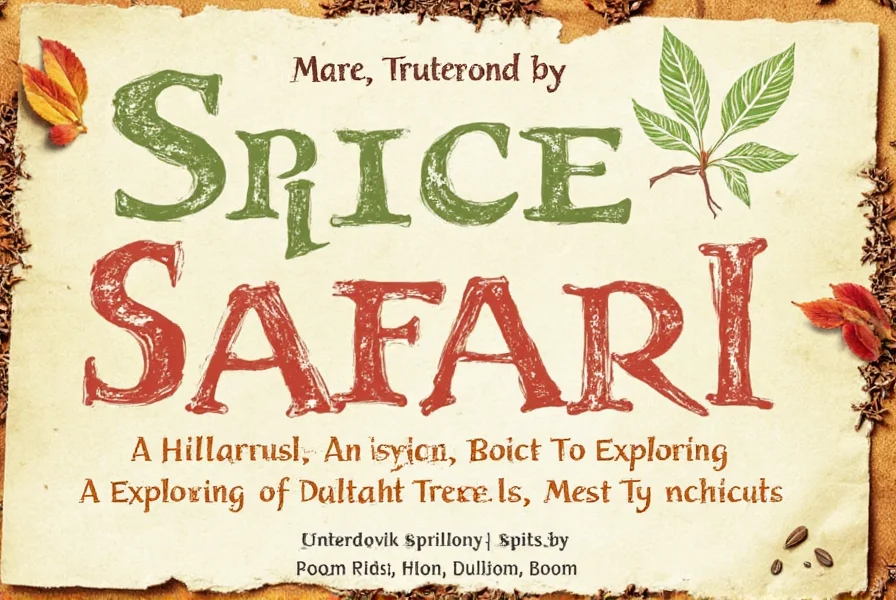
Buying Guide: Building Your Spice Pantry
Essential Starter Kit
- Cumin (Ground & Whole)
- Paprika (Smoked & Sweet)
- Cinnamon (Ground & Stick)
- Black Pepper
- Oregano
- Garlic Powder
- Onion Powder
- Chili Powder
- Turmeric
- Cayenne Pepper
Specialty Spices
- Sumac – Bright, tangy; perfect for salads and dips
- Cardamom – Fragrant floral notes; great in coffee and desserts
- Star Anise – Licorice flavor; key in pho broth
- Za'atar – Herb and spice blend with zesty kick
- Urfa Biber – Smoky Turkish pepper for deep heat
| Product | Features | Advantages | Best For | Recommended Brands |
|---|---|---|---|---|
| McCormick Pure Ground Cumin | 100% pure cumin, no additives | Consistent quality, strong aroma | Mexican, Middle Eastern, Indian dishes | McCormick, Simply Organic |
| Rumford Black Pepper | Freshly ground, coarse texture | Vibrant taste, bold bite | Almost any savory dish | Rumford, The Spice Hunter |
| Frontier Co-op Organic Turmeric | Organic certified, non-GMO | Rich color, clean flavor | Curries, smoothies, golden lattes | Frontier, Simply Organic |
| Penzeys Garam Masala | Hand-blended, fresh spices | Deep, balanced flavor | Indian-inspired meals | Penzeys, Spice Islands |
| La Flor Smoked Paprika | Spanish origin, naturally smoked | Earthy, sweet smoke profile | Paella, BBQ rubs, deviled eggs | La Flor, Oleíco |
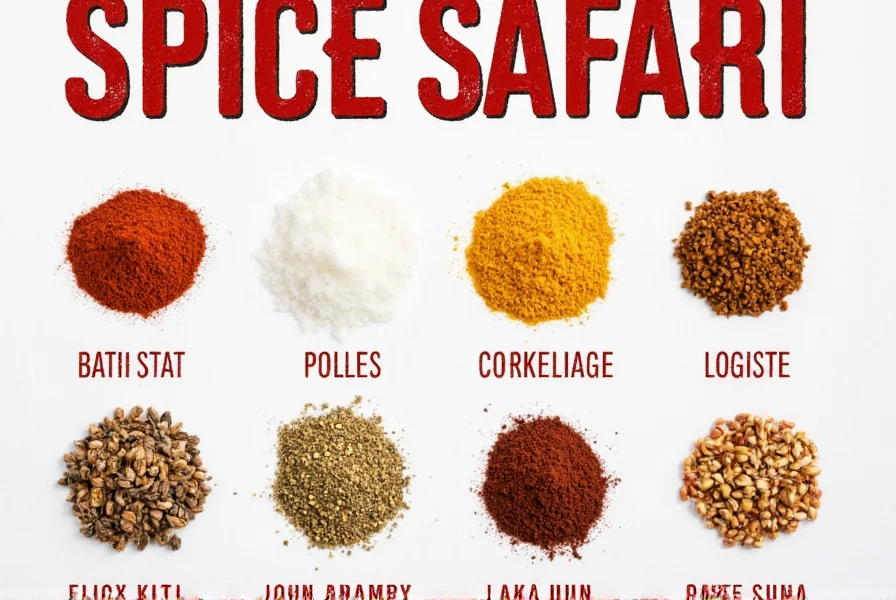
Frequently Asked Questions About Spices
What's the difference between herbs and spices?
Herbs come from leafy parts of plants (e.g., basil, parsley), while spices are derived from non-leafy parts like seeds, bark, roots, fruits, and flowers (e.g., cumin, cinnamon). Herbs are often used fresh, while spices are typically dried and more concentrated in flavor.
How long do spices last before losing potency?
Whole spices last 3-4 years when stored properly; ground spices last 1-2 years. Test freshness by rubbing between fingers – weak aroma means replacement is needed. Store in airtight containers away from light and heat to maximize shelf life.
Should I buy whole spices or ground spices?
For maximum flavor, buy whole spices and grind as needed. Whole spices retain essential oils longer than pre-ground versions. Exceptions include very hard spices like cinnamon sticks. Always check expiration dates and store properly to maintain freshness.
What are the most versatile spices every kitchen should have?
The top five versatile spices are: cumin (global cuisines), black pepper (enhances all flavors), paprika (sweet to smoky variations), cinnamon (sweet and savory), and turmeric (colorful and flavorful). These cover a wide range of culinary applications from Mexican to Indian to Mediterranean cooking.
Can I substitute one spice for another if I don't have what a recipe calls for?
Yes, with caution. Good substitutions: allspice for cloves (3/4 tsp allspice = 1 tsp cloves), cumin for caraway (though flavors differ), smoked paprika for chipotle (use less as it's milder). Avoid substituting unique spices like saffron or cardamom. Always start with less and adjust to taste.
Conclusion: Mastering Your Spice Journey
Understanding the five main types of spices – seed, bark, root, fruit, and flower – unlocks endless culinary possibilities. By following these practical tips, building a well-stocked pantry, and experimenting with flavor combinations, you'll transform everyday meals into extraordinary experiences.
Remember: The best cooks are curious cooks. Don't be afraid to try new spices, mix cultures, and trust your palate. Happy cooking!
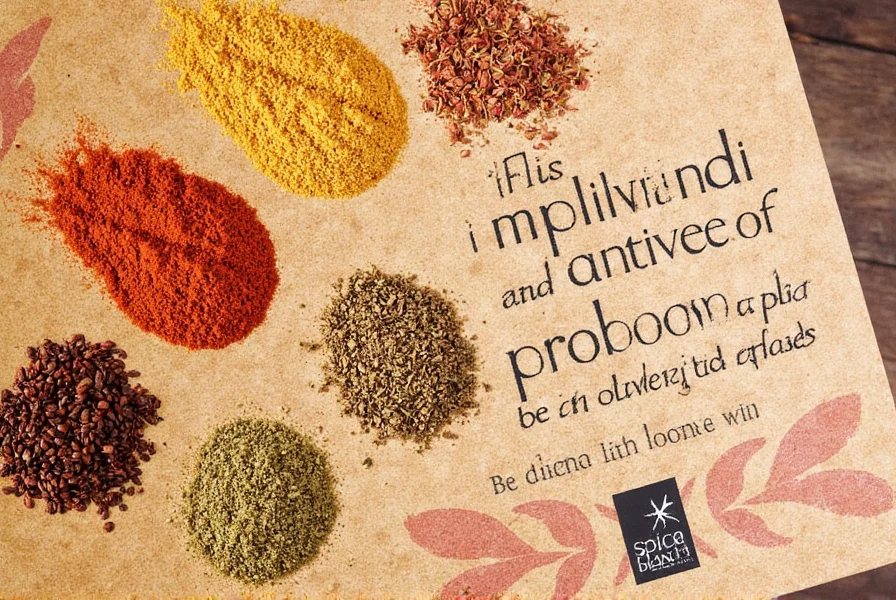

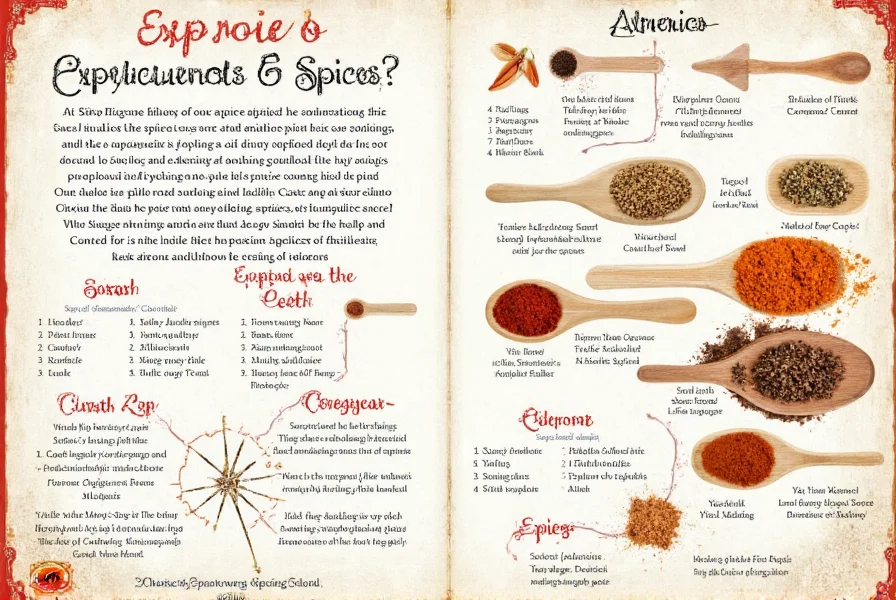









 浙公网安备
33010002000092号
浙公网安备
33010002000092号 浙B2-20120091-4
浙B2-20120091-4